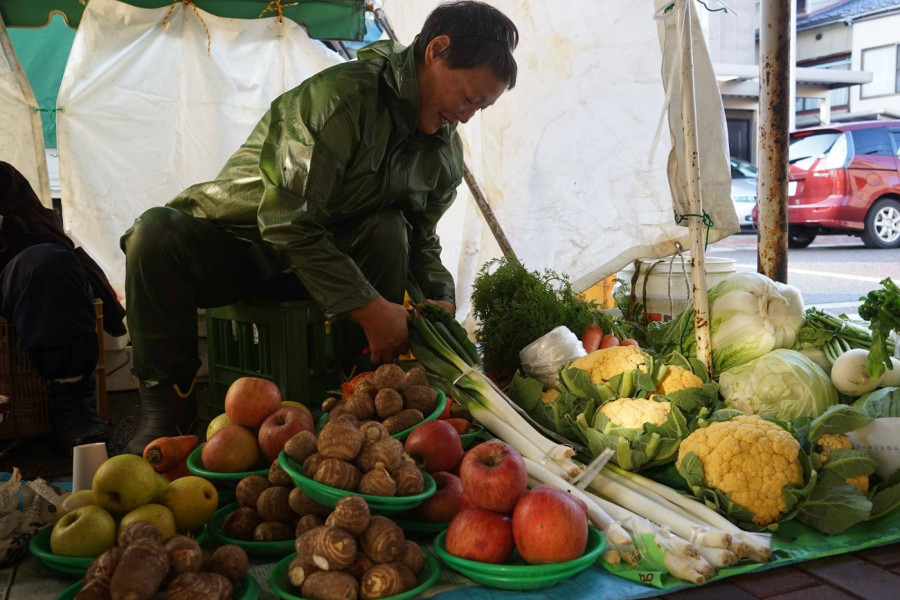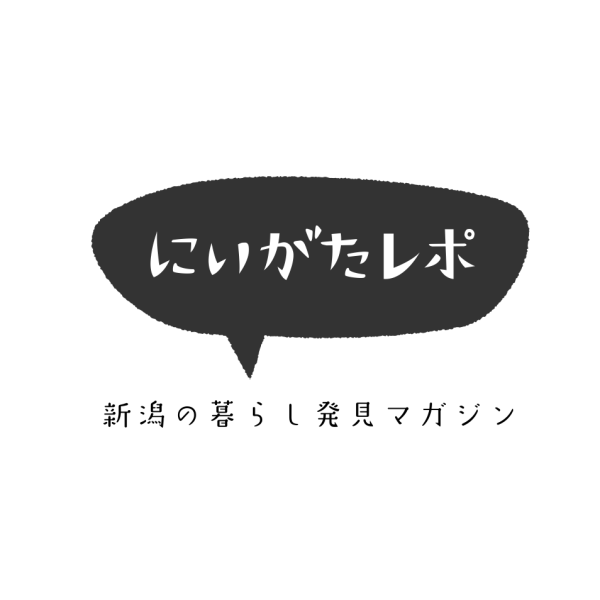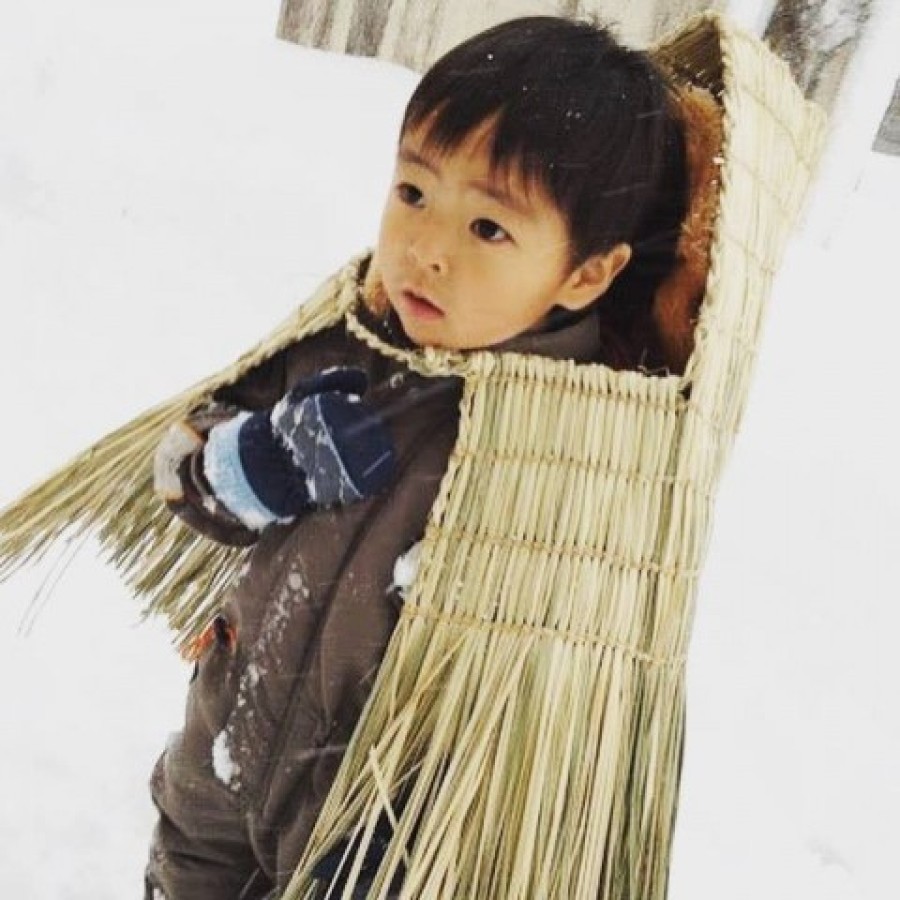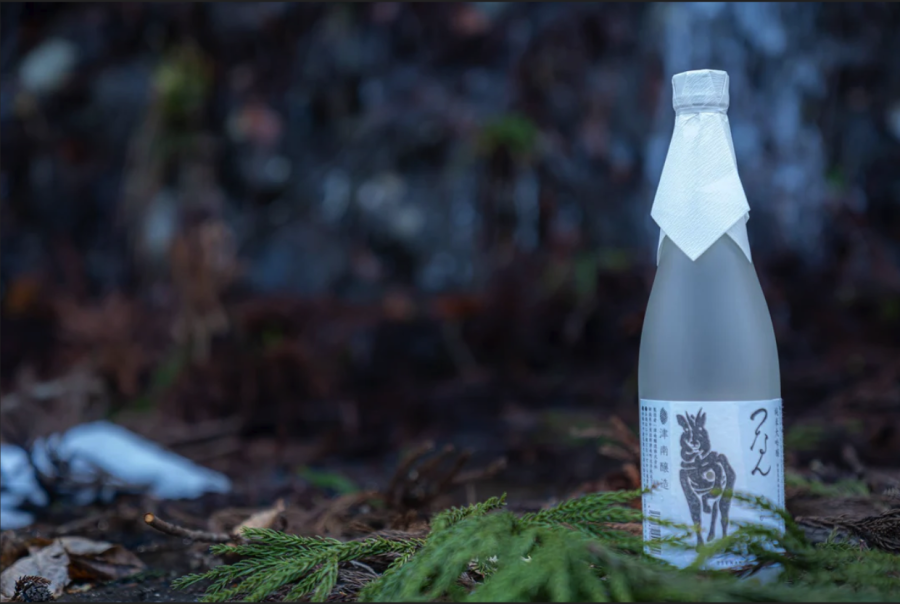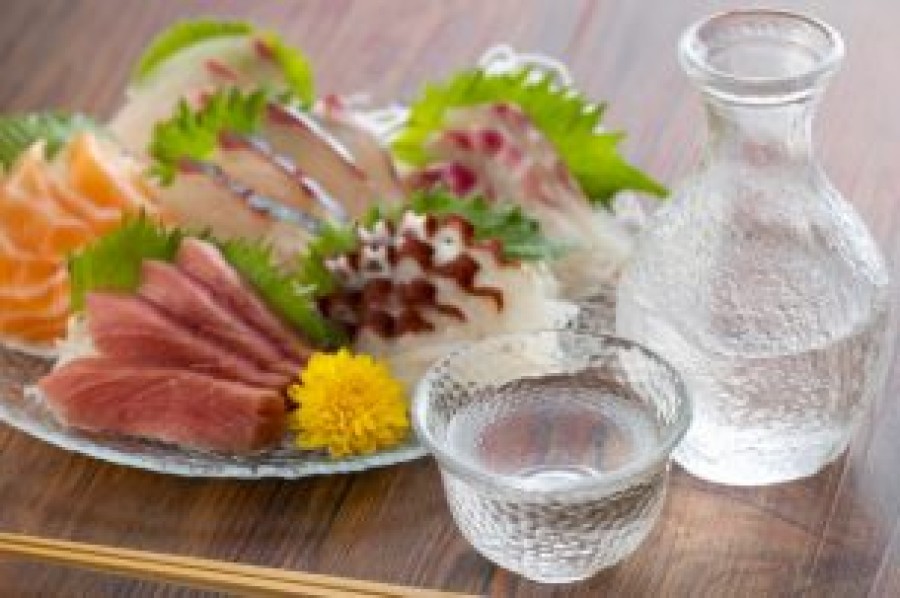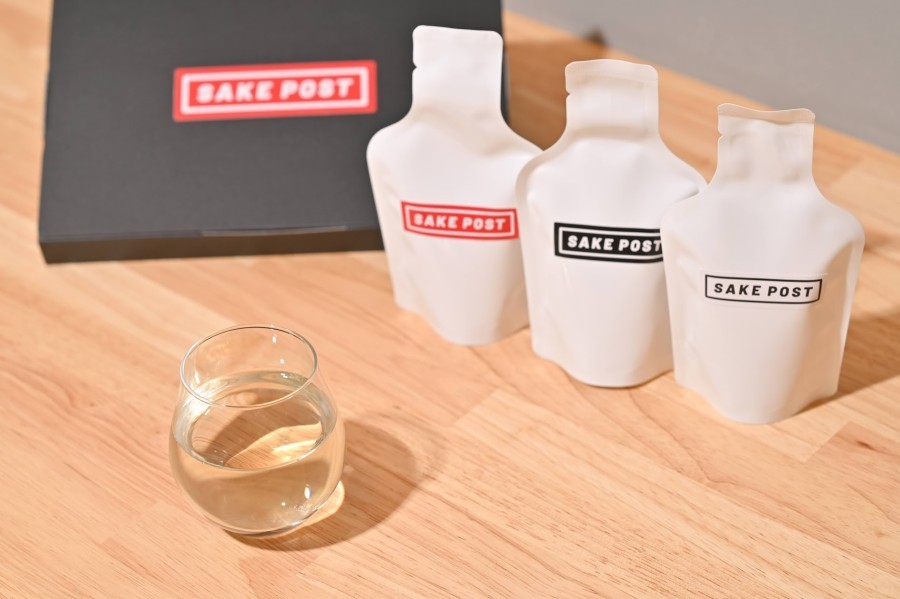Chuo-ku, Niigata City, commonly known as the Shimomachi area. Close to the port and the Sea of Japan, this area has a long history within Niigata City.
I am sorry to be so abrupt, but there is a wonderful spot called Shimohonmachi Shopping Street that I frequent frequently. First of all, I would like you to have a look at the photos,
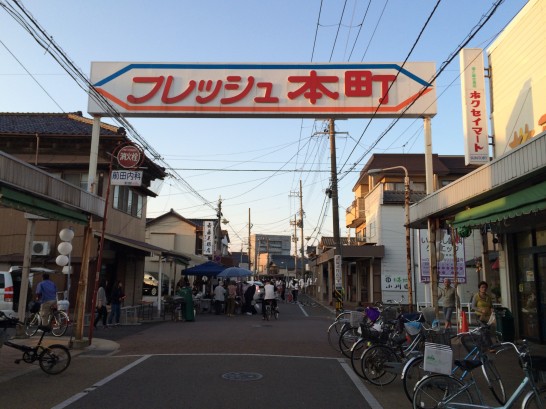
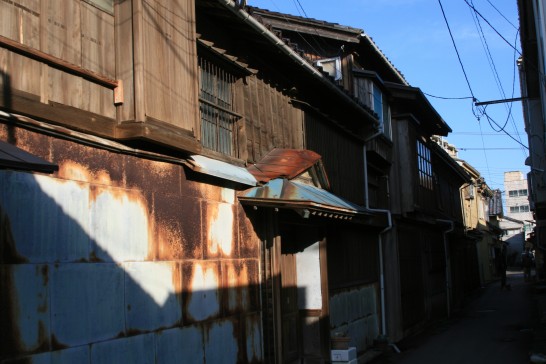
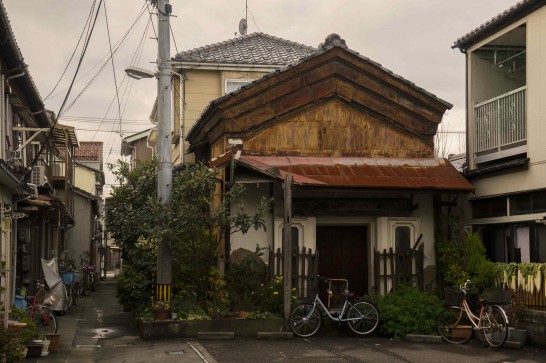
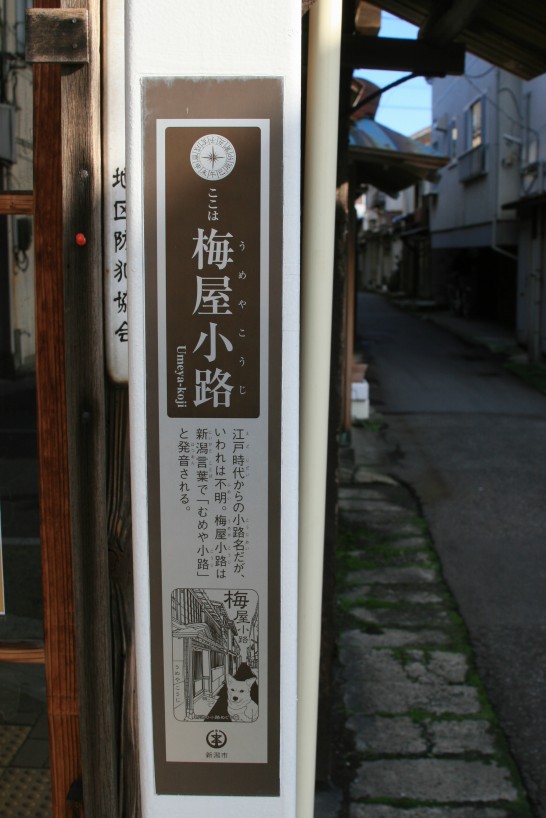
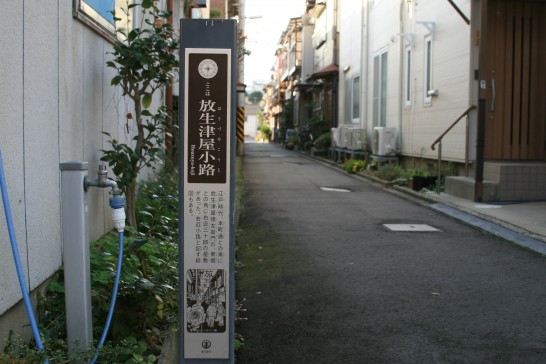
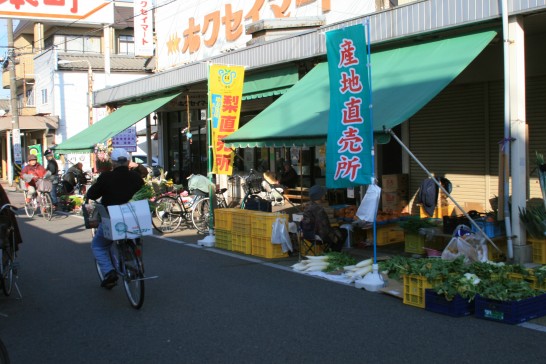
As you can see, each alleyway has its own name, and very old warehouses coexist in plain sight with the townscape, making it an interesting area to discover every time you walk around. I was also completely "taken in" by the charm of the local people with their warmth and humanity.
However, even though I was born in Niigata, I do not know the city's history at all. Really. I'm ashamed to say...
When I was walking around this area, a simple question arose as to why it is called 'shimo' machi', so I did some quick research.
The name 'Shimomachi'. Influenced by administrative divisions at the time and the flow of the Shinano River?
Since Niigata Repo is a "city-walking web magazine", we thought it would be boring to simply research and list the history. First of all, we will take the approach of walking around the town and looking at the history using that as a starting point. And then we use a 'subjective base'. Hideo Kobayashi also said that history is subjective.
We asked local shopkeepers and elderly residents about the history of the area, but they replied, "I don't know..." or "Was it the Edo period? I don't know. I haven't lived since the Edo period, so give me a break!" (That's right...). (That's right...)
I gave up easily, went to the library as an adult and consulted the librarian. I did so, and there it was. She introduced me to several books.
According to the book 'Niigata downtown history and Sumiyoshi festival - the trajectory of one programme',
The term "Shimo-machi" and "Kamimachi" in Niigata appears to have existed around the middle of the Edo period. (The Niigata Magistrate's Office was located around Seiya Koji (now Niigata Mitsukoshi and NEXT21), and the northern part of the town, bounded by Seiya Koji, was called "Shimo-machi", while the area towards Hakusan Shrine was called "Kamimachi". (History of Niigata Shitamachi and Sumiyoshi Festival: The Trail of One Programme)
So it seems that the name has been established since the Edo period. However, we still don't know...
I happened to talk to a local person who said, 'The Hakusan-sama (Hakusan Shrine) area is upstream from the Shinano River, and this area (Shimohonmachi) is downstream from the Shinano River. Could it be related to that? I don't know. The next day, I heard an interesting story about a man who said, "I don't know, but...". As I continued reading, I found such a description!
While Tokyo is called Shimo-machi (down town) and Yamanote (uptown) because of the height of the land, Niigata was called Shimo-machi (downstream) and Kamimachi (upstream). I think it was called Kami-Kami-Kawashita (upstream) and Shimo-Kawashita (downstream) because of the flow of the great mother river, the Shinano River. (History of Niigata Shitamachi and the Sumiyoshi Festival - the trajectory of one programme)
After all.
As you know, Niigata was a city with a well-developed water transport system, including the existence of moats stretching in all directions. Perhaps that is why it came to be known as a 'Shimo-Machi', based on the idea of the 'river' as a source of various blessings.
'Shitamachi' exist all over the country. Whether it's 'shimomachi' or 'shitamachi', the temperament is the same!
Quickly, the "Shimomachi designation problem" has been solved (laughs). This alone is too boring. It's a good opportunity for me to look into other things I'm interested in.
This reference, which was quite interesting to read, makes reference to the "temperament of the population".
People in the downtown area are hard-working and have a strong disposition to be gutsy (they dislike bullies, liars and reasoners). (Ibid. p20)
This also suited me very well! When we were walking around talking to the local grandparents, they would say, "You're walking around reading history books! Your generation is all about logic and socialising with the superiors, isn't it? We're not like that! We're just trying to socialise with people!" I had a strong experience several times of being attacked even after I had just started talking to them (laughs).
But even so, of course, no offence was taken, and it was just a way of saying, "You have your own way of life. Get on with it!" I received a manly pep talk (?) from him, though. I received a manly pep talk (?) from him, though. What is this tsundere attitude? It's something that is common to the Edo people of the downtown area.
The language is unique to downtown. It is coarse, but it is friendly and full of affection. (Ibid. p24)
This was exactly what happened (laughs).
The area around Fresh Honmachi was an area of 'fishmongers'.
And as I was walking around, I was very interested in the fact that there were so many fish shops. I thought it was unusual to have more than five shops in one shopping street.
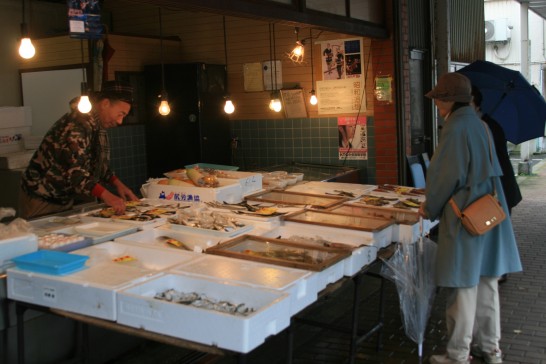

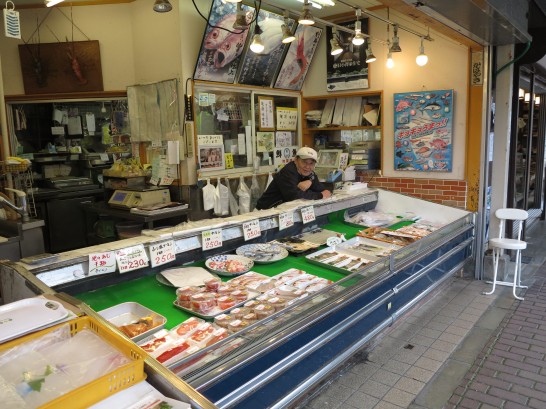
Also, when I visited Misakiya Fresh Fish Shop in Honmachi 12 for an interview, I was interested to hear him say, "I've been doing this since the Edo period, the Tempo period". When I was a student, I loved Japanese history. I had a recollection in my memory that "I remember that in the Edo period, there were certain permissions and residential areas for doing business", so I looked it up,
Not everyone living in the town could start a business. Many businesses, such as shipping agents and pawnbrokers, were only allowed to operate a certain number of times, and some businesses were only allowed to operate within a certain town. Therefore, the atmosphere differed from town to town. (Niigata Rekishi Sosho 8: Niigata no Chiiki to Rekishi, p 31, 32)
After all. And,
The western side of Honmachi-dori Jyushiken-cho (now Juichiban-cho) was called Sukebi-machi or Sakanamachi. Fishmongers were called "sukebai" and this was the only town where fish could be sold wholesale. (Ibid. p.32)
I see. I can see the point. No wonder there are so many fishmongers. I think that, to some extent, the atmosphere of such old town layouts has been followed. I have heard that even in Edo and Osaka, the temperaments of the townspeople in what used to be 'fishmonger' areas are similar. Long ago, each town had its own character. It's hard to even imagine that nowadays.
And,
The Honmachi market had an upper market (Honmachi 5 and 6) and a lower market (Honmachi 11 and 12), with the lower market being busier. The lower market was busier than the upper market, with more people haggling over prices than the upper market, and even the pickles were made to be measured after the sake lees had been removed. (Photo book Niigata City Panorama Museum, p15)
Some of these descriptions include. When I was walking around, I came across exactly this kind of scene here and there in the town. It feels like it has been handed down from generation to generation.
Since the opening of the country, which was marked by a series of epoch-making events.
The more I read and walked around, the more I felt the desire to know more. Walking around the city is fun..!
While walking through the downtown area, one of the things that personally caught my attention was that there were areas where the 'alley ends abruptly'. Basically, I get the impression that it is orderly, but perhaps there has been a major plot development? Question.
Research shows that apparently a series of epoch-making events took place from the end of the Edo period to the Meiji period. In 1872, thanks to the efforts of Masataka Kusunoki, the prefectural governor of the time, large-scale land readjustment, road expansion and the creation of a sanitary streetscape were achieved. The streets of Niigata had been relatively orderly since the Edo period, but the designation of the city as one of the five open ports apparently made it necessary to further develop the city. It appears to have developed at a stroke.
There was a woman named Isabella Bird who travelled around Japan during the Meiji era (1868-1912). She was a "traveler extraordinaire", having achieved the feat of travelling solo (accompanied by an interpreter) through Japan, which at the time was almost like "uncharted territory" for the Western world, and I have a great deal of respect for her as a traveller. She has praised Niigata as a "clean town" and a "handsome town". (*By the way, she also slanders other areas, calling them "barbaric", "nothing to see", "vulgar in the way they talk", etc... lol).
Niigata's government offices show signs of Western-oriented progress and... (omitted) the purely Japanese town centre is the neatest, cleanest and most comfortable-looking town I have ever seen, and there is absolutely no competition for prominence here as there is in the foreign neighbourhoods. (Isabella Bird's Travels in Japan, p269)
...It would be a good example for Edinburgh, because every scrap of straw and paper is picked up as soon as it falls, the rubbish is thrown into a box or tub with a lid, and there is not a speck of dust in the streets... (Ibid. p270)
In 1878, the English traveller Isabella Bird saw the then well-developed town of Niigata,
She praised it as "the cleanest town I have ever seen, the town is designed exactly square, the five streets are crossed by innumerable short roads and canals, and everything is carried by small boats..." (Photo collection, Niigata City Panorama Museum, p14)
As stated, in the period from the end of the Edo period to the Meiji period, when the country was moving from isolation to opening to the outside world, and 'five ports were decided to be opened', the town was considerably groomed and developed into what Bird calls a 'handsome town' due to the influence of national policy in the early Meiji period.
When asked by the library staff, they said that the frequent large fires may have had an impact.
Even after the Taisho and Showa periods and into the modern era, I thought that it is very valuable that shopping streets have survived, including their atmosphere and people's disposition, despite having been affected by the changes and events of the times, such as the War, the holding of the National Convention, and the Niigata Earthquake.
Conclusion.
I found it quite enjoyable to unravel the history of the area I was interested in.
I feel that walking around with little knowledge and walking around after gaining a bit of knowledge gives you a completely different face. What I have researched this time is only part of the story, but I will continue to research if there is anything I am interested in when I walk around the town!
Thank you to everyone in the shopping arcade who cooperated with our interviews, to our regular customers and to everyone who read to the end!
Spotlight.
Fresh Honmachi (Shimohonmachi shopping street)
advertisement


